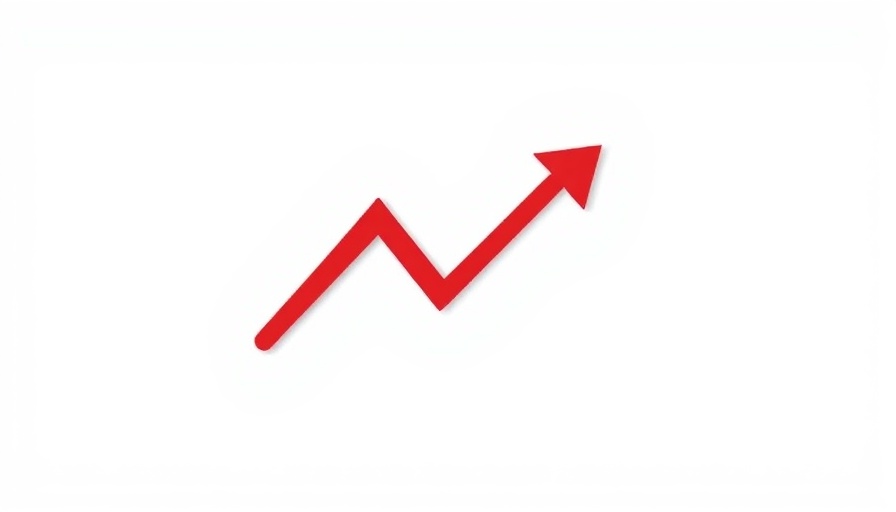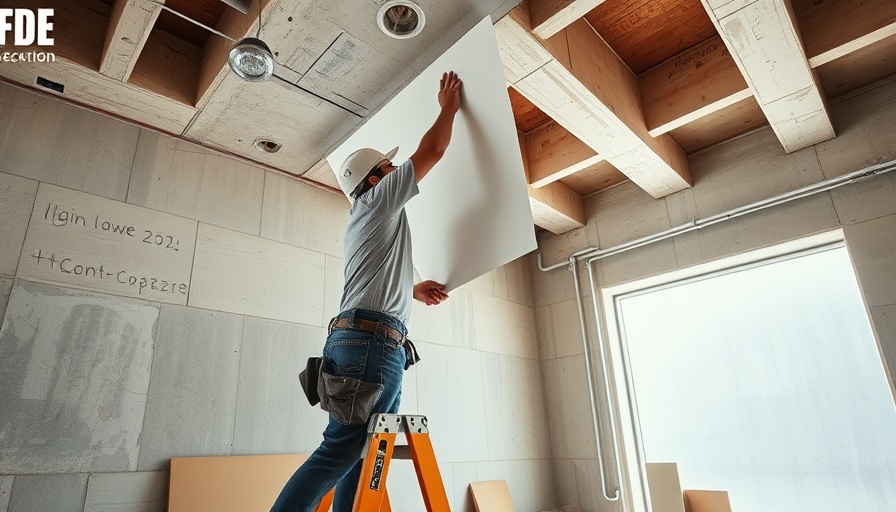
Understanding HVAC Symbols: A Homeowner’s Guide
As a homeowner looking to remodel or tackle DIY projects, understanding the symbols associated with heating, ventilation, and air conditioning (HVAC) systems is essential. HVAC symbols play a crucial role in creating effective plans for your home’s climate control. Familiarizing yourself with these symbols can streamline your renovation process and empower you to make informed decisions.
Why HVAC Symbols Matter for Home Improvements
When embarking on a remodeling journey or a DIY project, understanding HVAC symbols ensures that you grasp the essential mechanics of your system. These symbols represent various components, such as air handlers, ductwork, and different types of heating methods. Recognizing these elements not only aids in effective communication with contractors but also enhances your comprehension of how your home’s heating and cooling systems function.
Key Symbols Every DIY Enthusiast Should Know
Here are several crucial HVAC symbols you should familiarize yourself with:
- Air Conditioning Unit: Typically depicted as a rectangle with a fan insignia, this symbol represents your central or window AC unit.
- Heating Systems: HVAC systems can vary, represented by symbols that indicate different heating sources, including gas, electric, and solar energy. Know these variations to better understand your energy usage.
- Air Handler: This symbol often looks like a box with an arrow, indicating the direction of airflow. Understanding where air is circulated within your home is essential for effective ventilation.
Bridging Knowledge Gaps: The Value of HVAC Education
As you delve into HVAC symbols, it’s important to recognize that knowledge is power when it comes to home maintenance. By educating yourself about these symbols and what they represent, you're not only capable of executing DIY projects more efficiently but also equipped to engage in more substantial discussions with professionals. This can lead to better service and potentially lower costs in the long run.
Making the Most of Your HVAC Knowledge
The journey of home improvement begins with awareness. Take time to familiarize yourself with HVAC symbols and consider how they apply to your projects. Engaging with this knowledge can empower you, enhance your understanding of home energy systems, and ultimately lead to a more efficient and comfortable living environment.
For tips on planning your next remodeling project, take action and explore the resources available to you. By understanding HVAC systems, you’re one step closer to realizing your home improvement goals.
 Add Row
Add Row  Add
Add 




Write A Comment